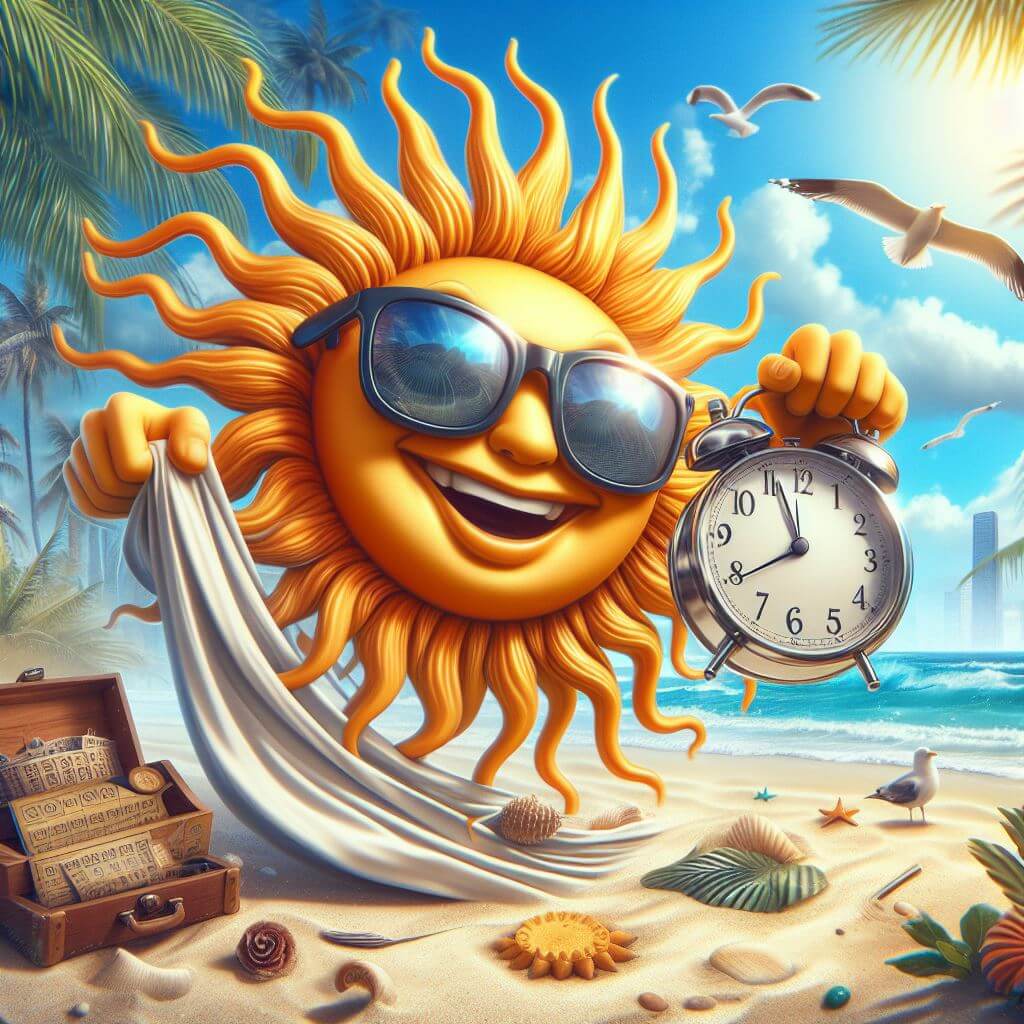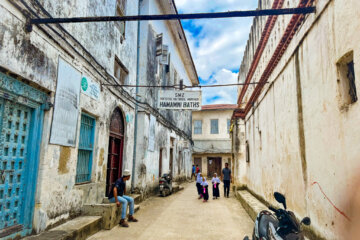Daylight Saving Time: A Seasonal Shift with Lasting Impact
As the days lengthen and the clocks spring forward, the arrival of Daylight Saving Time (DST) ushers in a period of longer evenings and shifts in daily routines. This annual transition, adopted by many countries worldwide, is more than just a mere adjustment of time; it’s a phenomenon that influences our health, environment, and economy in profound ways. This article delves into the origins of DST, its intended and actual impacts, and the nuances of living under extended daylight.
Origins of Daylight Saving Time
The idea of DST dates back to a whimsical suggestion by Benjamin Franklin in 1784, aimed at economizing candle use by rising earlier to make use of morning light. However, it wasn’t seriously proposed until George Vernon Hudson in 1895, and later by William Willett in 1907, with the aim of making better use of daylight. The concept was widely adopted during World War I as a means to conserve energy, with the practice fluctuating in popularity and policy until becoming more standardized in the latter half of the 20th century.
The Benefits and Challenges of DST
The primary rationale behind DST was to save energy by reducing the need for artificial lighting in the evenings. Moreover, extended daylight hours encourage increased physical activity and provide more time for leisure after work, potentially improving physical health and mental well-being.
However, the shift has its critics. The change can disrupt sleep patterns, contributing to sleep deprivation and its associated health risks. The adjustment period can also see a temporary spike in accidents and productivity loss, highlighting the complex balance between the benefits of additional daylight and the physiological costs of adjusting to a new schedule.

The Impact of Extended Sunshine
Beyond the initial joys of longer days, the extended sunshine influences various aspects of societal behavior, environmental considerations, and personal health.
1. Enhanced Mental Health and Well-Being
The extended evening daylight hours have a profound effect on mental health. Natural sunlight increases the production of serotonin, a neurotransmitter associated with feelings of happiness and well-being. This biochemical effect can help combat seasonal affective disorder (SAD) and reduce feelings of depression or anxiety. Furthermore, the opportunity to spend more time outdoors in natural light can improve sleep quality by helping regulate the body’s circadian rhythm, leading to better overall mental health.
2. Increased Physical Activity
Longer daylight hours encourage more outdoor activities. Whether it’s going for a walk, cycling, playing sports, or gardening, the extended sunshine facilitates a more active lifestyle. This increase in physical activity is crucial for combating sedentary lifestyles and can lead to significant health benefits, including reduced risk of obesity, cardiovascular disease, and type 2 diabetes. It also provides an excellent opportunity for family and community bonding through shared outdoor experiences.
3. Economic Advantages
The impact of extended sunshine on the economy, particularly in the retail, hospitality, and tourism sectors, is notable. Businesses benefit from longer shopping hours as consumers are more inclined to shop and dine out during daylight. Similarly, tourism thrives as visitors take advantage of the extended daylight to explore destinations. These sectors often see a spike in revenue during the DST months, contributing to economic growth.
4. Environmental Awareness and Energy Consumption
While DST was originally implemented to save energy, the extended daylight also encourages a greater awareness of our environment. More time spent outdoors leads to a deeper appreciation for nature and can spur interest in environmental conservation efforts. However, the actual energy savings from DST remain a topic of debate. Modern studies suggest that the reduction in lighting costs is offset by increases in heating and cooling demands, leading to a complex picture of DST’s environmental impact.
5. Agricultural and Ecological Effects
The extended daylight hours also have implications for agriculture and ecology. For farmers, the extra hour of daylight can be beneficial for managing crops and livestock. However, it can also disrupt natural ecological balances, affecting wildlife behavior and plant growth cycles. These effects underscore the need for a balanced approach to managing daylight hours that considers both human and environmental needs.
6. Safety Improvements
There is evidence to suggest that DST contributes to public safety by reducing pedestrian and vehicle accidents. Longer daylight hours improve visibility for drivers, cyclists, and pedestrians, leading to fewer accidents during the evening commute. Additionally, the presence of more people outdoors in the evenings can contribute to a sense of community safety and deter crime.
Navigating the DST Transition
While the immediate shift to DST can be challenging, there are ways to mitigate the impact on sleep patterns and daily routines. Gradually adjusting sleep schedules in the days leading up to the change can help, as can exposure to natural light during the day to reset internal clocks.
Conclusion
Daylight Saving Time (DST) stands as a testament to human innovation in adapting to and optimizing our natural environment. It illuminates the complex interplay between society and the natural world, bringing wide-ranging benefits from enhanced health and economic boosts to a deeper appreciation for our surroundings. Yet, as we enjoy the extended sunshine and navigate the transitions, we must remain mindful of the challenges and adjustments required. DST not only showcases our ongoing relationship with the natural world but also reminds us of the importance of smooth adaptation for the well-being of all involved.
References
Downing, M. (2005). Spring Forward: The Annual Madness of Daylight Saving Time. Counterpoint.
National Institute of Standards and Technology. (n.d.). Daylight Saving Time. Retrieved from https://www.nist.gov




0 Comments